Сhangesite y: China has high hopes for new moon mineral
31st Oct 2023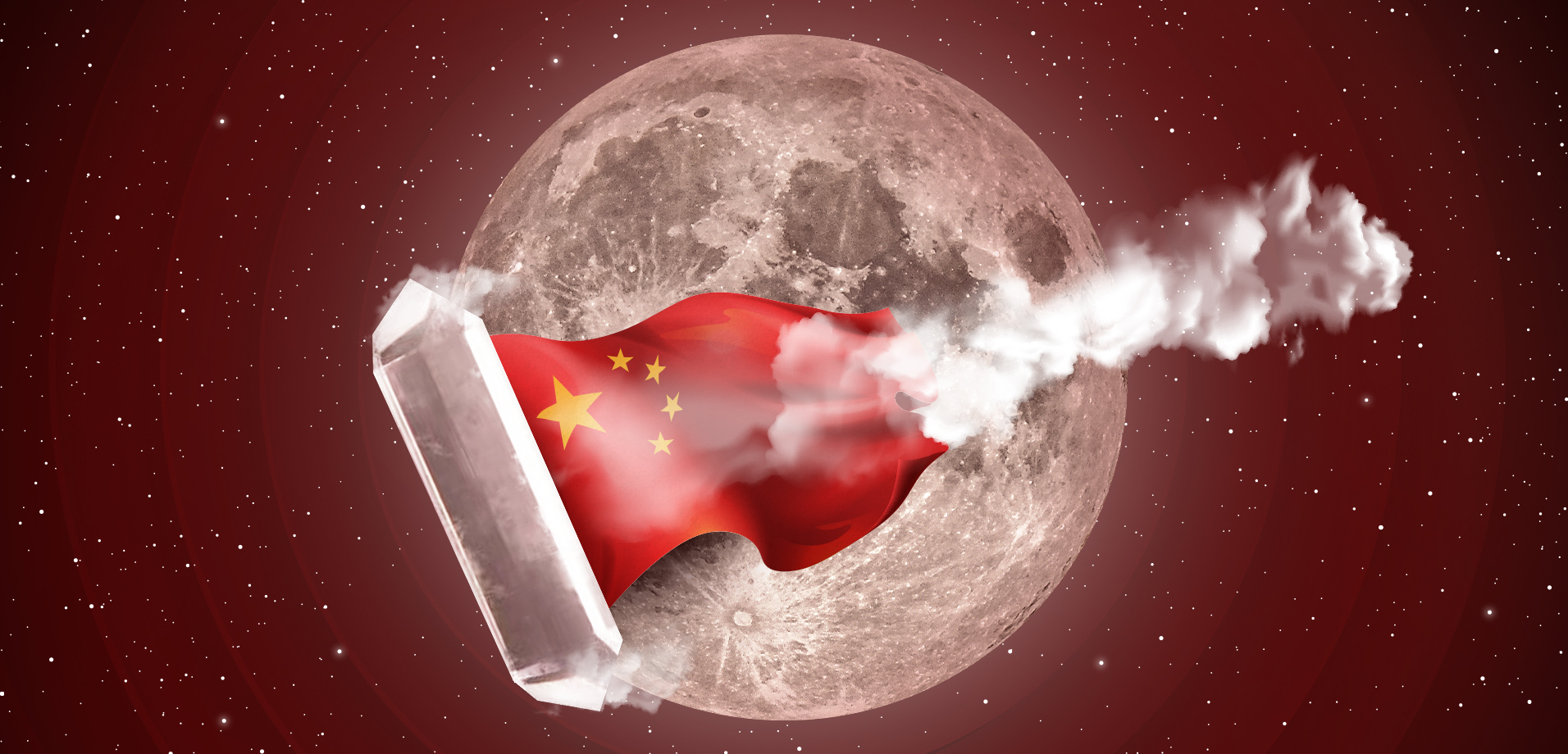
Ever since the first samples of regolith were taken by the Apollo mission in 1969, the Moon has been the subject of intense geological research. And for good reason. We have learnt that our natural satellite is a veritable treasure trove of industrial metals. And recently, China discovered a new mineral on the Moon that could revolutionize energy. Let’s find out what this new lunar mineral found by China is all about.
What mineral did China find on the Moon?
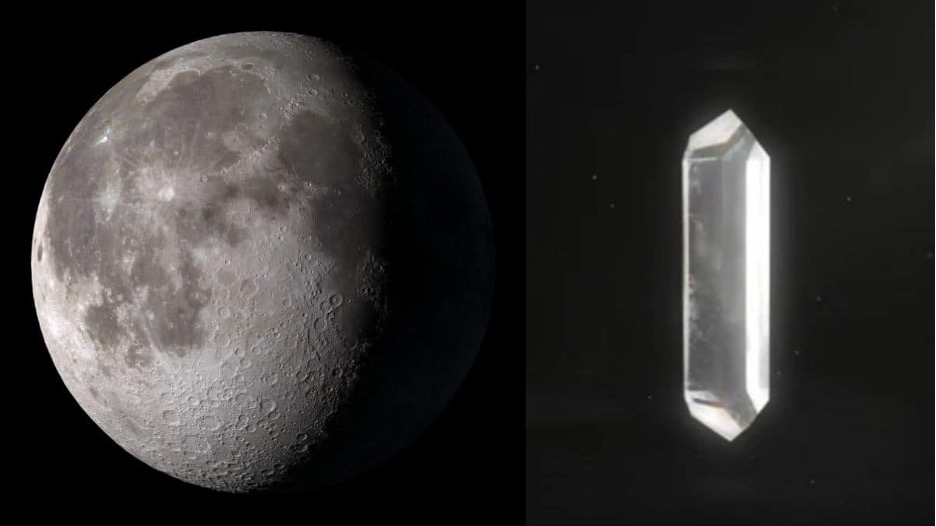
This is Changesite-(Y). A tiny, colourless tubular crystal was delivered to Earth in lunar soil samples by China’s Chang’e-5 lunar mission in 2020. How did the new Chinese moon mineral get its name? Chang’e is the goddess of the Moon in Chinese mythology, so the find was predictably named in her honour (Changesite literally means “Chang’e stone” in Chinese).
Specialists of the Beijing Research Institute of Uranium Geology managed to isolate a single crystalline particle of about ten micrones from lunar soil using X-ray diffraction and decipher its structure. As it turned out, the “Chang’e Stone” belongs to phosphate minerals of the merillite group, presumably contained in lunar basalt particles.
Is Changesite a new element?
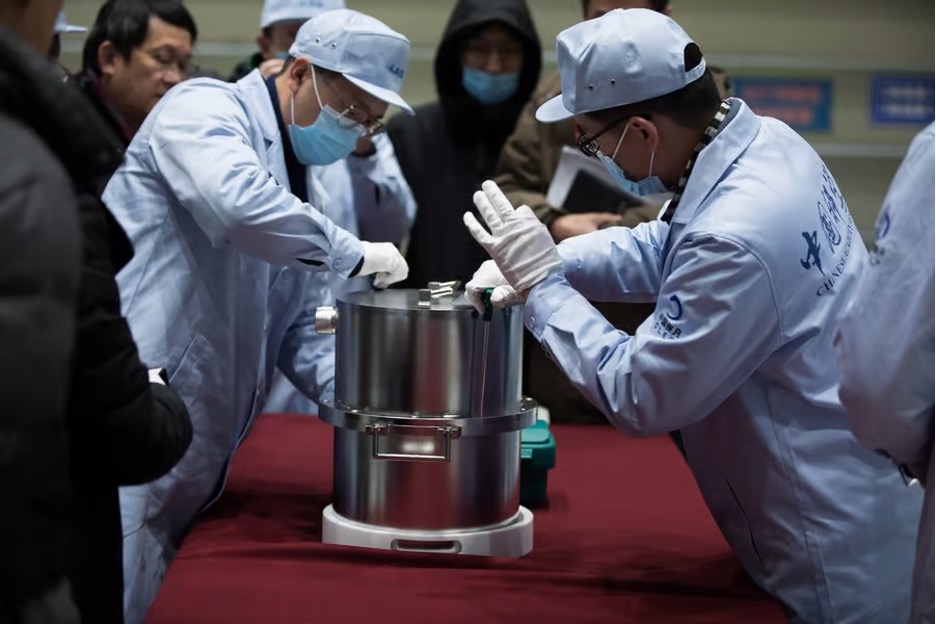
Absolutely correct. The uniqueness of Сhangesite-(Y) has been confirmed by the Commission on New Minerals, Nomenclature and Classification (CNMNC) of the International Mineralogical Association (IMA). As a result, on 9th September 2022, the China Atomic Energy Authority and the China National Space Administration (CSNA) officially announced the unique discovery of a new moon mineral during a conference in Beijing. This means that Сhangesite-(Y) is the sixth mineral discovered by humans on the Moon, and China is the third country after the United States and the Soviet Union to find a previously unknown Moon mineral.
What is Changesite used for?
An analysis of Сhangesite-(Y) indicates that it is rich in Helium-3, a stable isotope of helium that is a by-product of nuclear fusion reactions in the Sun. By mastering controlled thermonuclear fusion, humanity could obtain an eternal source of energy. However, there is a problem. There is almost no helium-3 on Earth. It enters the atmosphere from the mantle (through volcanoes and fractures in the crust) as well as with the solar wind, but quickly evaporates. According to experts, Earth contains 15 – 20 tonnes, while the reserves of matter on the Moon can be at least 1 million tonnes. Extracting Changesite-(Y) from the regolith could provide a stable source of Helium 3 production.
How much helium-3 does it take to power the world?
The energy potential of helium-3 is enormous. Scientists estimate that 25 tonnes of Helium-3 could power the United States for an entire year, and 200 tonnes could do the same for the whole world. In the second half of the 21st century, this value may increase to 800-1000 tons/year. As reserves of helium-3 on the Moon are approximately 1 million tons, they could, according to the most conservative estimates, last for more than a thousand years.
What’s the Changesite-(Y) price?
Theoretically, the fusion reaction of 1 tonne of helium-3 with 0.67 tonnes of deuterium releases energy equivalent to burning 15 million tons of oil. The average cost of one oil barrel is about $50. There are about 8 barrels in one ton. Thus, 1 tonne of helium-3 can be conditionally estimated at 6 billion dollars. However, how much will it cost to mine helium?
Scientists claim that the content of helium-3 in regolith is approximately 1 g per 100 tonnes, so to extract a tonne of this isotope, at least 100 million tonnes of moon soil will have to be processed. The returnable payload from orbit of the most powerful Space X Starship today is 50 tonnes with an estimated price of $20 million. At this rate, it is unviable to deliver lunar soil to Earth in such quantities. Therefore, it is necessary to build factories that will produce helium-3 directly on the Moon. And here the search for concentrated mineral deposits of Changesite Y in the moon soil could be a breakthrough.
Why is China mining on the Moon and what will be the next step?
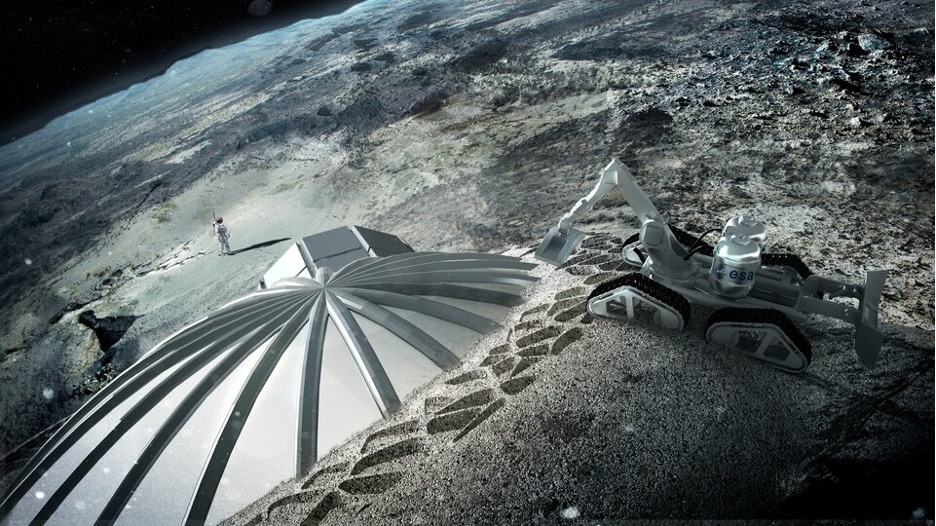
In recent years, China’s ambitions have grown greatly, and they are not unfounded. The success of Chang’e 5 made China the first country in the last 44 years to carry out a mission to return mineral samples from the surface of the Moon.
During the month of operation on the Moon’s surface, the Chang’e-5 apparatus collected about 4 pounds of mineral, thus surpassing the USSR by almost six times. The Soviets managed to collect a total of 0.7 pounds in three Luna missions (1970-1976). The United States remains the record holder for the number of lunar mineral samples brought to Earth — 840 pounds of regolith during six Apollo missions (1969-1972).
The second reason why China is mining on the Moon is the high content of industrial metals (titanium, iron, cobalt, nickel) in the lunar soil, and of course, helium-3, which is so rare on Earth.
Shortly after the official announcement of the Changesite-(Y) discovery, CSNA announced three new orbiter missions to the Moon over the next 10 years, with the object of study being the backside of Earth’s satellite, where they hold that the highest content of Changesite-(Y) can be found. China also plans to build a base on the Moon by 2030 to serve as a launching pad for the development of the Moon’s mineral and metal mining infrastructure.
So, make yourself comfortable, we’re in for a stunning space race!
Sources:
- https://www.planetary.org/space-missions/change-5
- https://medium.com/technicity/changesite-y-is-the-sixth-new-mineral-discovered-on-the-moon-46747dc853ce
- https://www.space.com/china-new-lunar-mineral-chang-e
- https://www.fastcompany.com/90789419/china-moon-mineral-discovery-heres-why-changesite-y-could-fuel-a-gold-rush-for-lunar-mining
![Beauty of the Pink Moon And Lyrid Meteor Shower in This Week’s Best Astrophotos [19-26 April] Beauty of the Pink Moon And Lyrid Meteor Shower in This Week’s Best Astrophotos [19-26 April]](https://orbitaltoday.com/wp-content/uploads/2024/04/Pink-Moon-is-on-its-way-above-the-mountains-1-300x300.jpg)

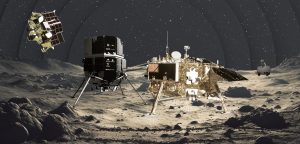



Thank you for your comment! It will be visible on the site after moderation.